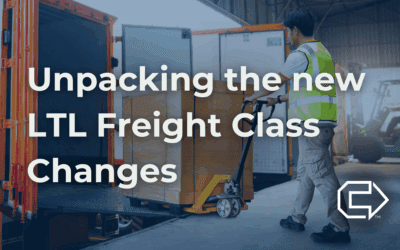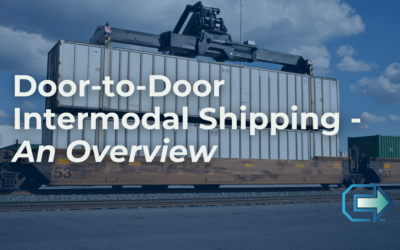Indiana Considers Tolls on Interstates—What It Could Mean for Freight
Indiana is exploring a move that could have ripple effects across the national freight network: tolling existing interstates. The proposal is still in its early stages, but state officials say the additional revenue would be used to fund infrastructure repairs and modernizations without raising taxes. If approved, Indiana would become the first state in the U.S. to apply tolls to roads originally built without them, including key freight corridors like I-70 and I-65.
For carriers and shippers, the implications are significant. Indiana is a major crossroads for domestic freight—many east-west and north-south routes flow through the state. New tolls could impact route planning, increase operational costs, and shift freight volumes to toll-free alternatives in neighboring states. Small-to-mid-sized carriers may be especially affected, as tight margins leave little room for unexpected cost increases.
While it’s still too early to know exactly how tolling would be rolled out, this is a development the logistics industry can’t afford to ignore. If Indiana moves forward successfully, it could set a precedent other cash-strapped states might follow.
Union Pacific and Norfolk Southern Announce Merger Plans
Two major railroads—Union Pacific and Norfolk Southern—have announced a planned merger, setting the stage for one of the most significant changes in U.S. freight rail in recent decades. If approved, the merged entity would create a more seamless network linking the West Coast, Midwest, and East Coast. On paper, it’s about creating efficiency, extending reach, and improving service integration—but the details will matter.
For shippers, the merger could lead to more consistent intermodal service and fewer handoffs between carriers. That could mean better reliability, improved transit times, and less risk of congestion at interchange points. But there are also concerns: fewer Class I railroads could reduce competition and eventually lead to higher prices or fewer service options in certain markets.
Regulators will be reviewing the deal closely, especially given past concerns around consolidation in the rail industry. While the full impact won’t be felt overnight, supply chain managers would be wise to keep this development on their radar. Any large-scale changes in rail operations can create short-term disruptions—and long-term shifts in how freight moves across the country.
U.S. and EU Reach Agreement on 15% Tariff Rate
After years of trade disputes and uncertainty, the U.S. and European Union have finally settled on a new baseline tariff rate: 15% for a wide range of goods. This agreement is expected to provide much-needed stability for importers, exporters, and logistics providers operating between the two regions. Although 15% isn’t zero, it’s a marked improvement from the inconsistent and often punitive rates seen over the past several years.
For freight professionals, the deal is welcome news. It offers more predictability when quoting international shipments, managing landed costs, and forecasting demand. Many industries—particularly in manufacturing, automotive, and consumer goods—should benefit from more streamlined cross-border movement. This will likely reduce customs clearance delays and allow shippers to better plan inventory flows.
While some niche sectors may still face individual tariffs or regulatory wrinkles, the general tone has shifted toward cooperation. For now, the outlook on transatlantic trade is more stable, which is a net positive for freight volumes and scheduling consistency heading into Q4 and beyond.
Flexport Sells Convoy: A Quick Pivot in the Digital Freight World
Flexport has officially sold off what remained of Convoy, marking a fast exit from a high-profile acquisition that made headlines just last year. Convoy—once considered a rising star in digital freight matching—shut down operations abruptly in 2023. Flexport acquired its tech and team shortly after, hoping to integrate those assets into its broader logistics platform. But less than a year later, the experiment is over.
The quick sale suggests Flexport is refocusing its efforts on core services like global freight forwarding, technology infrastructure, and supply chain visibility. For brokers and shippers, the news underscores just how difficult it can be to scale tech-first freight solutions, even with strong backing. While the industry continues to move toward digitization, this case is a reminder that success still depends on execution, relationships, and operational depth—not just software.
As Convoy’s former tools and talent are reabsorbed or shelved, the freight tech landscape gets a little more cautious. For now, digital brokerage innovation seems to be slowing, as companies return to fundamentals and focus on sustainable models.






